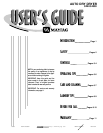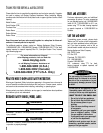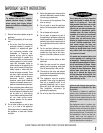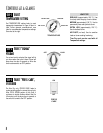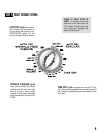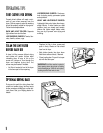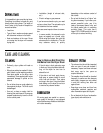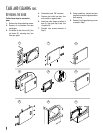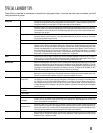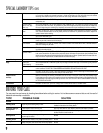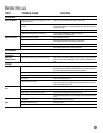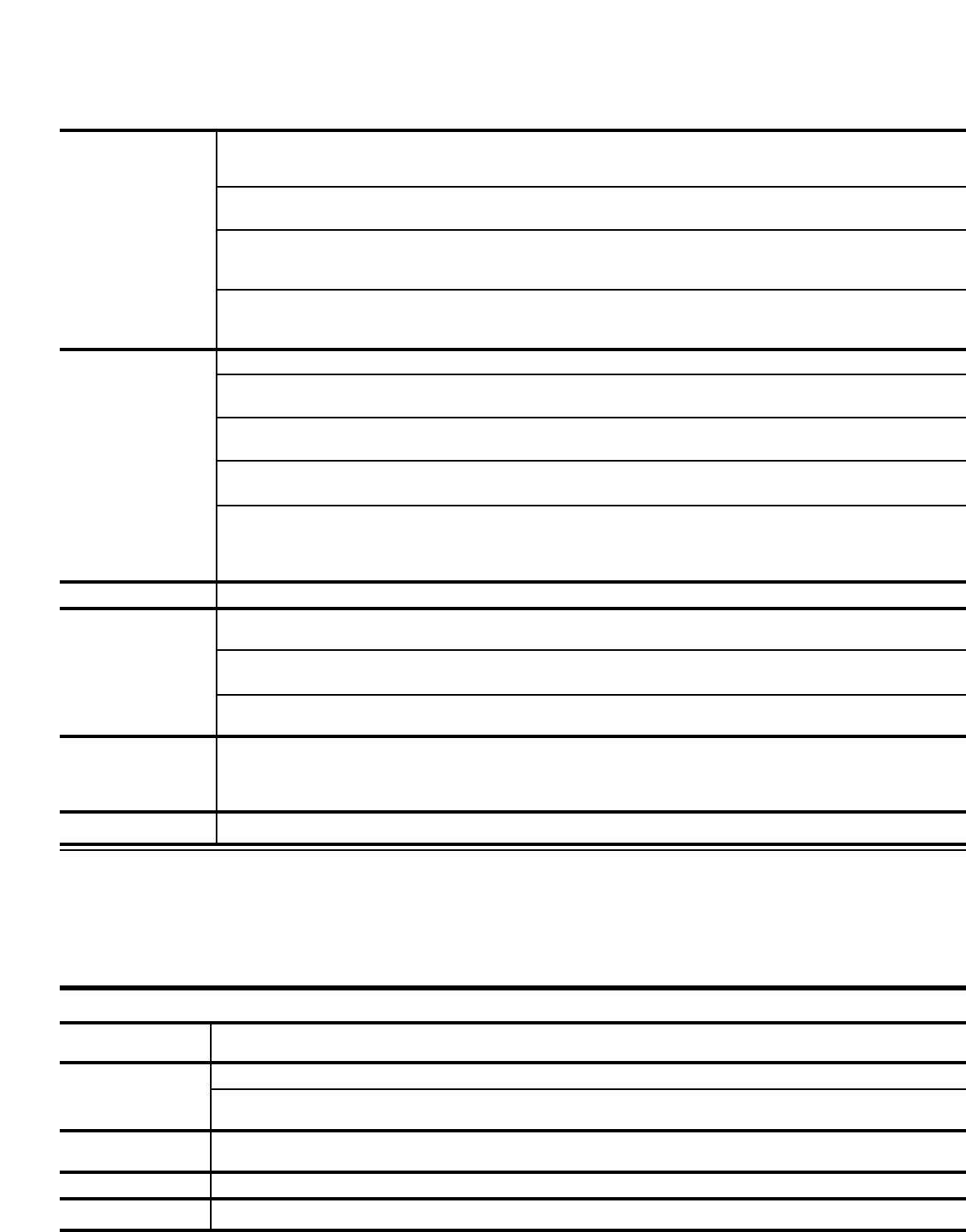
SPECIAL LAUNDRY TIPS CONT.
Knit fabrics are usually manufactured under tension (stretching). Cotton knits especially may relax or draw togeth-
er if every bit of moisture is removed form them. It is best to take them out of the dryer with a trace of moisture
remaining, then stretch to shape. If they do shrink from over drying, rewet them and dry properly.
AUTO DRY REGULAR or TIME DRY cycle. Remove slightly damp to minimize ironing. Reshape, smooth seams
and pockets, etc.
AUTO DRY REGULAR or AUTO DRY WRINKLE FREE FABRICS cycle. Turn inside out to prevent “pilling” (rolling
up of the fiber ends from friction). Dry sweaters only with similar things because they tend to attract lint. Make sure
the load is large enough for tumbling. Dry completely and remove from dryer immediately to minimize wrinkling.
DELICATE or AIR FLUFF cycle. For wool labeled “machine washable” follow manufacturer’s directions. For other
wool, use wool blanket method. Do not dry loosely knit wool or hand knits. Dry these flat and stretch to shape from
a pattern drawn before washing.
AUTO DRY REGULAR cycle.
Body oils can cause elastic to deteriorate. Wash garments containing elastic frequently. Elastic in such things as
shorts may be dried, however avoid over drying.
Bras, bathing suits, sun suits, etc, DO NOT DRY THESE ITEMS IN THE DRYER WITH HEAT, FIRE MAY RESULT.
AIR FLUFF setting may be used.
Choose heat for the most delicate fiber. These may be dried completely as they will stretch into shape. Avoid dry-
ing with lint-shedding fabrics.
TIME DRY cycle. Use a DELICATE or AIR FLUFF setting, if it is available on dryer. Some sheer fabrics, especially sheer
knits, can be heat sensitive. Dry these until they are just dry (about 10 minutes) and remove from dryer immediately. Sheer
fabrics should not be washed and dried with garments containing hooks or zippers. Synthetic fabrics will create static elec-
tricity if over dried. TO prevent this, use fabric softener and avoid over drying.
AUTO DRY REGULAR cycle. Dry completely and remove from dryer when seams are slightly wet to minimize shrinkage.
AUTO DRY REGULAR or TIME DRY cycles. Dry one large or several small rugs. For one small rug only, add tow-
els for buffers.
Hot water and heat tend to deteriorate many types of rubber. Some types of rubber-like materials are flammable under
certain conditions. DO NOT DRY FOAM RUBBER AND RUBBER-LIKE MATERIALS WITH HEAT.
DELICATE or AIR FLUFF cycles. Follow manufacturer’s suggestions. Some of these rugs are heat sensitive and
should be removed from the dryer when damp or dried with no heat.
Make sure the filling and covering is washable and can be dried in the dryer. Cotton filling may become lumpy.
Protect glass eyes by covering with a stocking or tie toy into a pillowcase. Choose heat for most sensitive fiber. Dry
enough clothes in the load for good tumbling. DO NOT DRY TOYS STUFFED WITH FOAM RUBBER OR KAPOK
IN THE DRYER WITH HEAT.
DELICATE or AIR FLUFF cycle. Use a drying rack or tumble with at least four old bath towels.
Knit Articles
Lingerie
Denim, Corduroy
Rugs
Stuffed Animals
and Toys
Tennis Shoes
All Knits
Cottons
Synthetic Fibers
(nylon, orlon, poly-
ester, etc.)
Wool
Cotton
Elastic
Foam Rubber
Stretch Fabrics
Synthetic Fibers
Cotton with
Cotton Backing
Rubber-backed
Synthetic Fibers
BEFORE YOU CALL
You may save time and money by checking items below before calling for service. List includes common concerns that are not the result of
defective workmanship or materials.
TOPIC POSSIBLE CAUSE SOLUTION
NOISE
Some vibration is normal. Adjust leveling legs so dryer rests firmly on floor. See
Installation Instructions for leveling details.
Stop dryer and check for loose objects. Remove loose objects if possible.
Close zippers, buttons, and fasteners. Clothing with
buckles should be turned inside out.
Normal.
Normal.
Normal
Vibrating Noise
Thumping, rattling or
clanking noise
Whirling Sound
Pulsating Sound
Clicking Sound
Dryer may not be resting firmly on floor.
Loose objects, such as coins or pins.
Belt buckles, metal fasteners hitting drum.
As air moves through the dry, a whirling
sound may be noticed.
When the drum rotates, it may create a pulsating sound.
Many of the parts, such as the timer, click as they operate.
9



